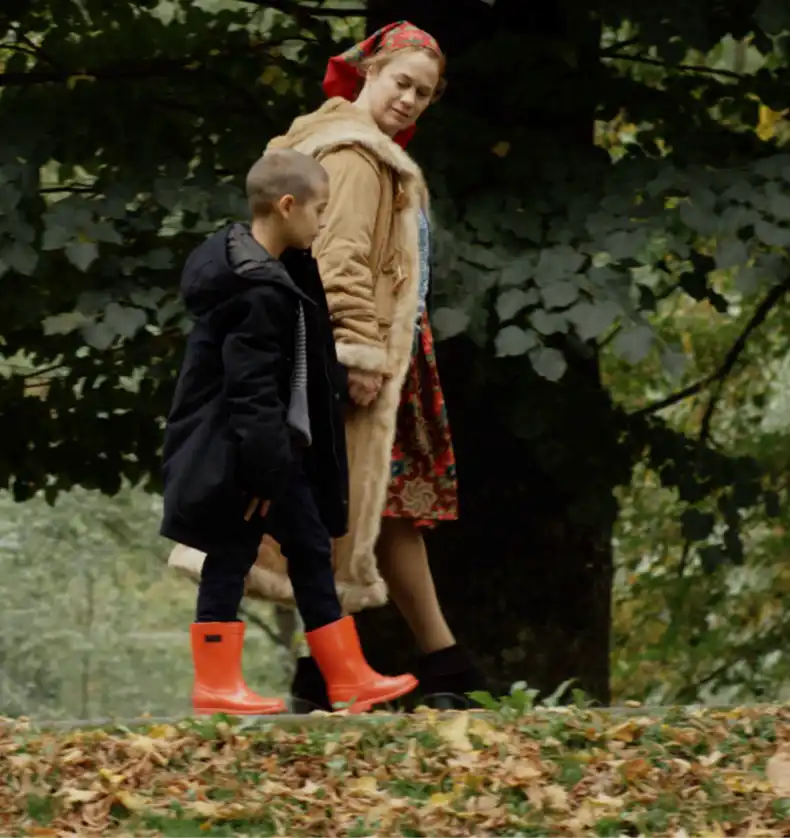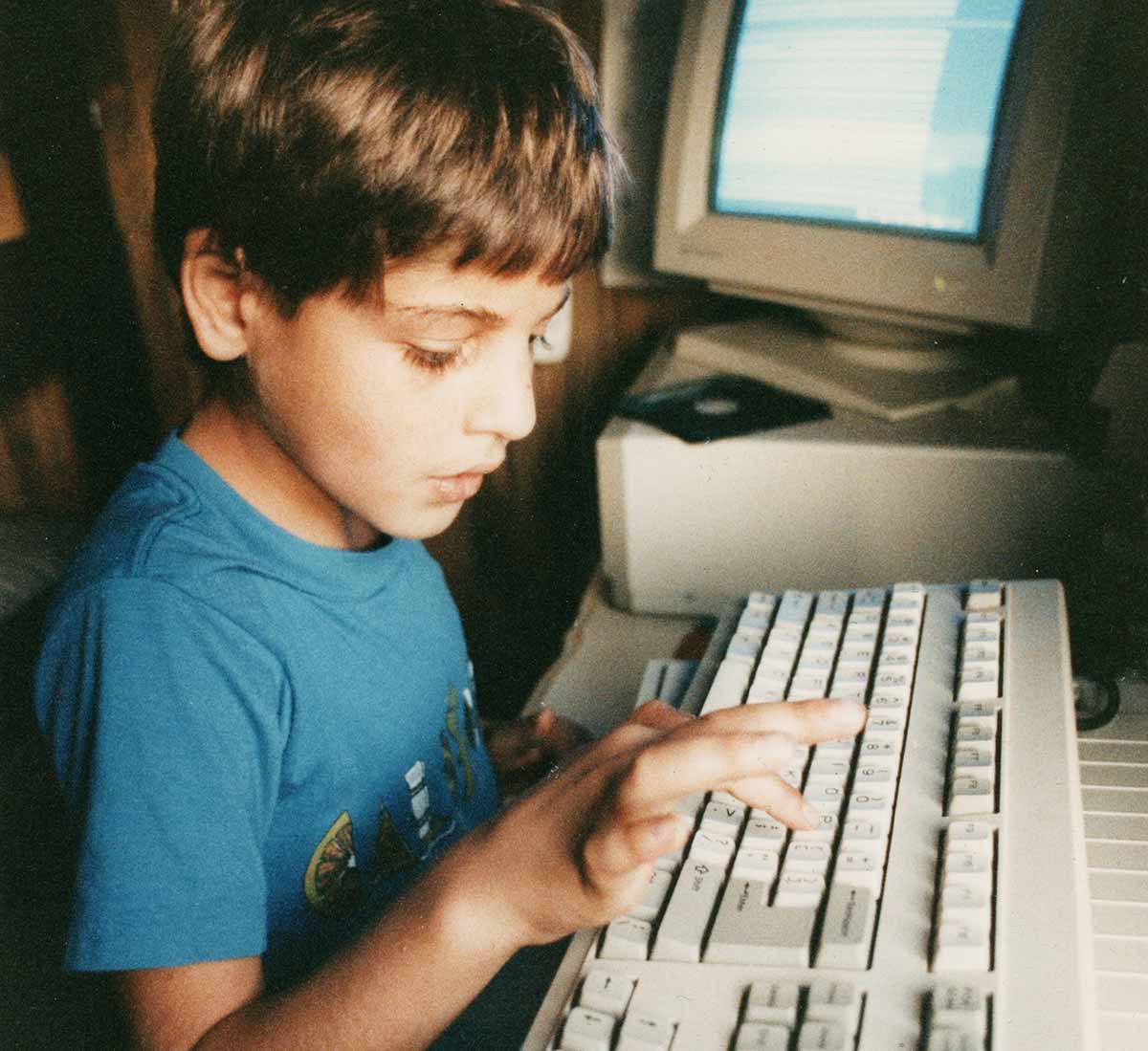10 Questions
COURAGEOUS KINDNESS: Kindness is more than just being nice. Kindness shocks us because it takes courage. It requires great personal risk with no guarantee of reward. Yet in a moment when most people shrink, ignore or run away, others are compelled to do something. Humanity is awed and inspired when someone abandons good sense and safety on behalf of another.
IZIDOR is about an act of kindness in the darkest of places by a person who had no idea what the end result would be. All Onisa knew was that these forgotten children needed love and a home despite the fact the system was set up to keep them hidden away until they died. She didn't know just two years later Communism would fall and Izidor would go on be adopted by an American family. She didn't know he would later describe the visit to her home as, "The day I discovered hope!" while speaking to large audiences. And she certainly didn't know a film would be made about her risky decision to shine a tiny light in the darkness for one small child.
We want to amplify Onisa's testimony to the power of courageous kindness.
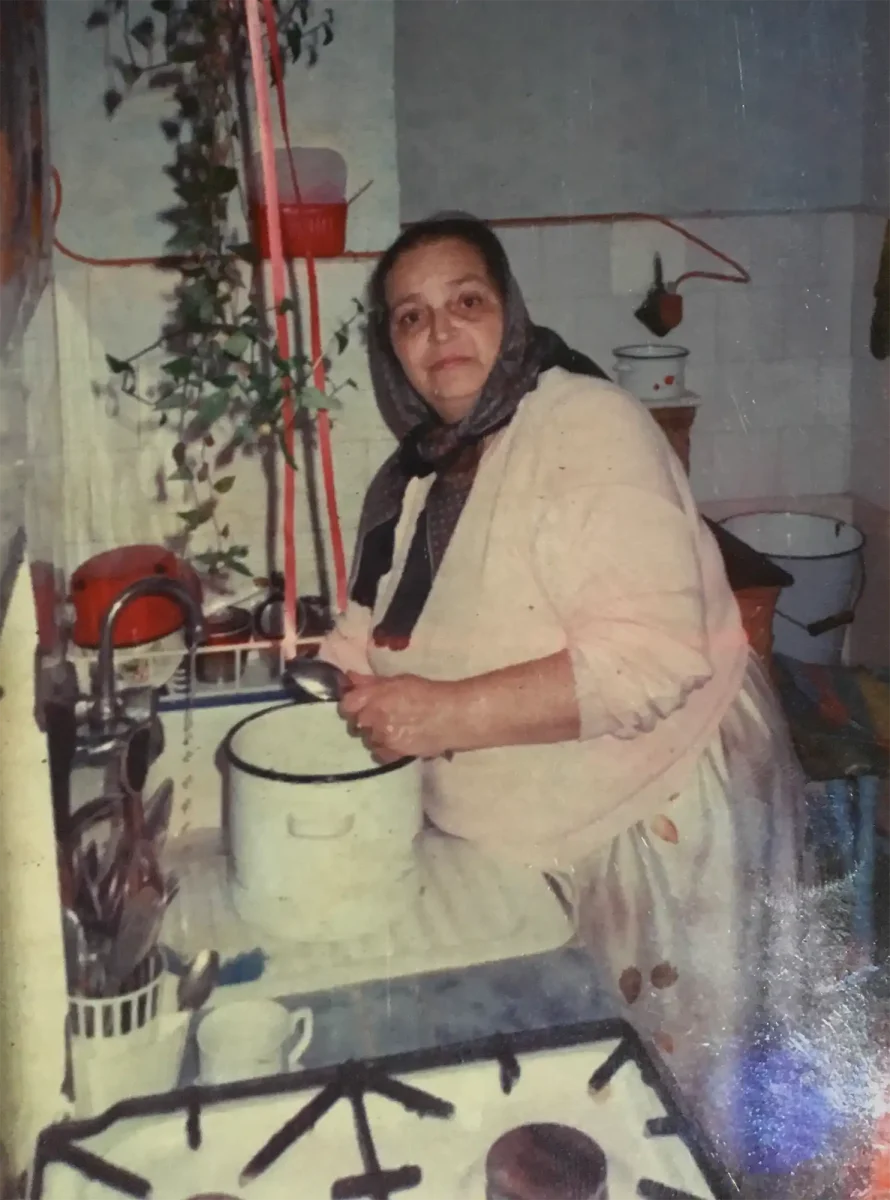
AUDIENCE OF ONE: From the beginning, we focused on making a film about orphans - for orphans. (By "orphan" we mean: all vulnerable children who are missing parental protection.) That drove our decision-making from the storyline to how we talk about and promote the movie. How can we truthfully represent the orphan experience and then positively impact their situation? We also understood that anyone with childhood trauma could also be affected by this film.
We spent 100s of hours researching the subject matter. For historical accuracy, we interviewed orphan survivors and locals who lived under Nicolae Ceausescu's regime. We examined the effects of communism and fascism on Romania, sifting through hours of old footage. To better understand the orphan, we talked with current and former orphans, young and old. We visited a Romanian family group home. We reached out to orphan care workers and nonprofits, adoptive and foster parents, psychologists, and social workers.
Finally, we will provide audiences with a how-to-help guide. The storyline itself provides a beautiful example of how to make a difference. Upon public release of the film, we will offer linked resources on our website. These plans are being developed with input from many of the people listed above.

ANIMATION AND LIVE ACTION: In the cinematic universe, when live action and animation are paired, the animated world is typically the fantastical, whimsical and beautiful world where the protagonist escapes the difficulties of life and learns a valuable lesson. (Examples: Mary Poppins, Christopher Robin, Pete's Dragon, IF, Narnia series) Our tale turns this film trope on its head: The animated world is a terrible world, a scary place you don't want to be. And the live action world, the real world, is full of beauty and goodness.
The animation has the feel of dark, European expressionistic art with its exaggerated realism. Our Animation Supervisor, John Kujawa, created an innovative production process that blends traditional 3D animation processes, motion capture, and cutting-edge techniques to achieve the emotional depth the animation needed.
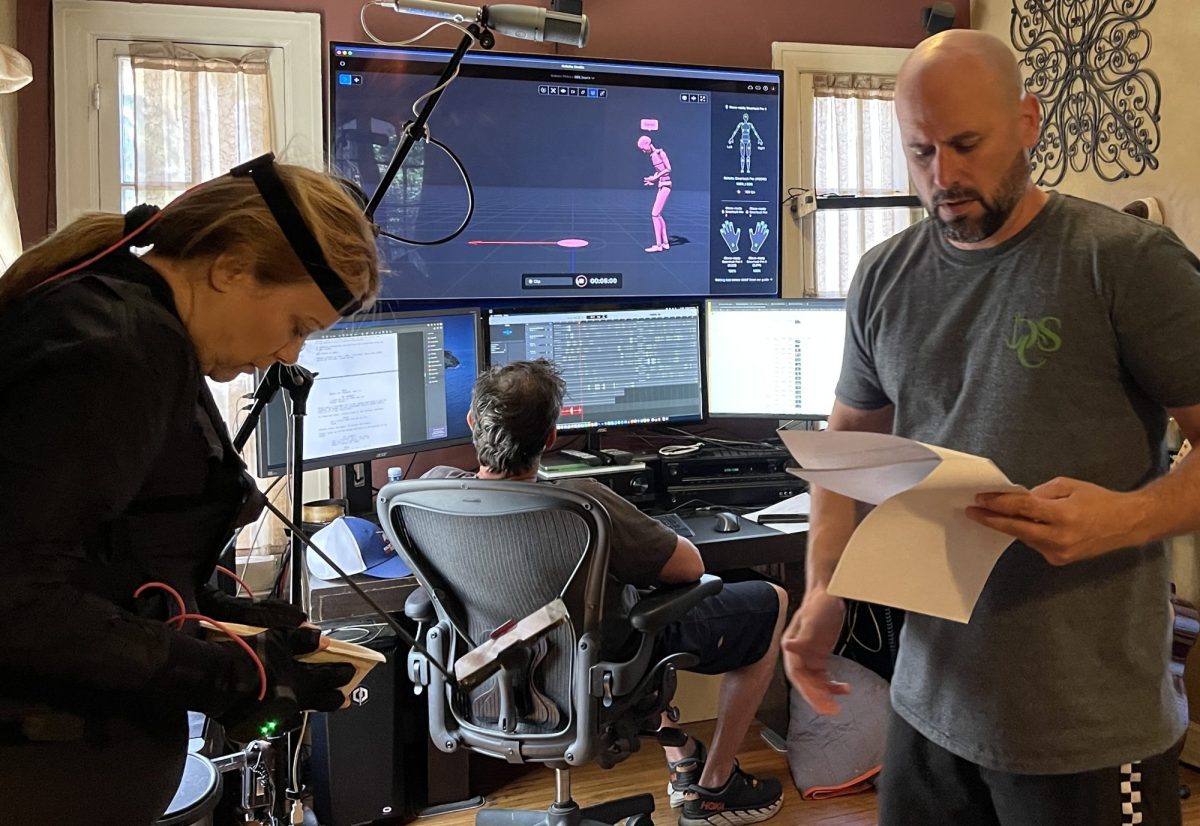
REALITY CHECK: We had the challenge of creating an appalling world that is truly dark and terrifying. In communist Romania, tens of thousands of disabled children were warehoused in "home hospitals" that could be better described as asylums. The atrocities the children endured there are too graphic to recreate. (Ask us...) With such high stakes, we had to make many difficult decisions about how to represent such harrowing experiences. Using animation to depict life inside the asylum allowed us to handle sensitive content with delicacy and compassion, yet still invoke the harsh realities of that life.
The animated world's location also exists in the film's live action world, so the animation was meticulously built to mirror the real building, inside and out. Accordingly, DP Daniel Wyland and our live action crew worked diligently to make the real world beyond the asylum exceedingly beautiful, magical and full of light.
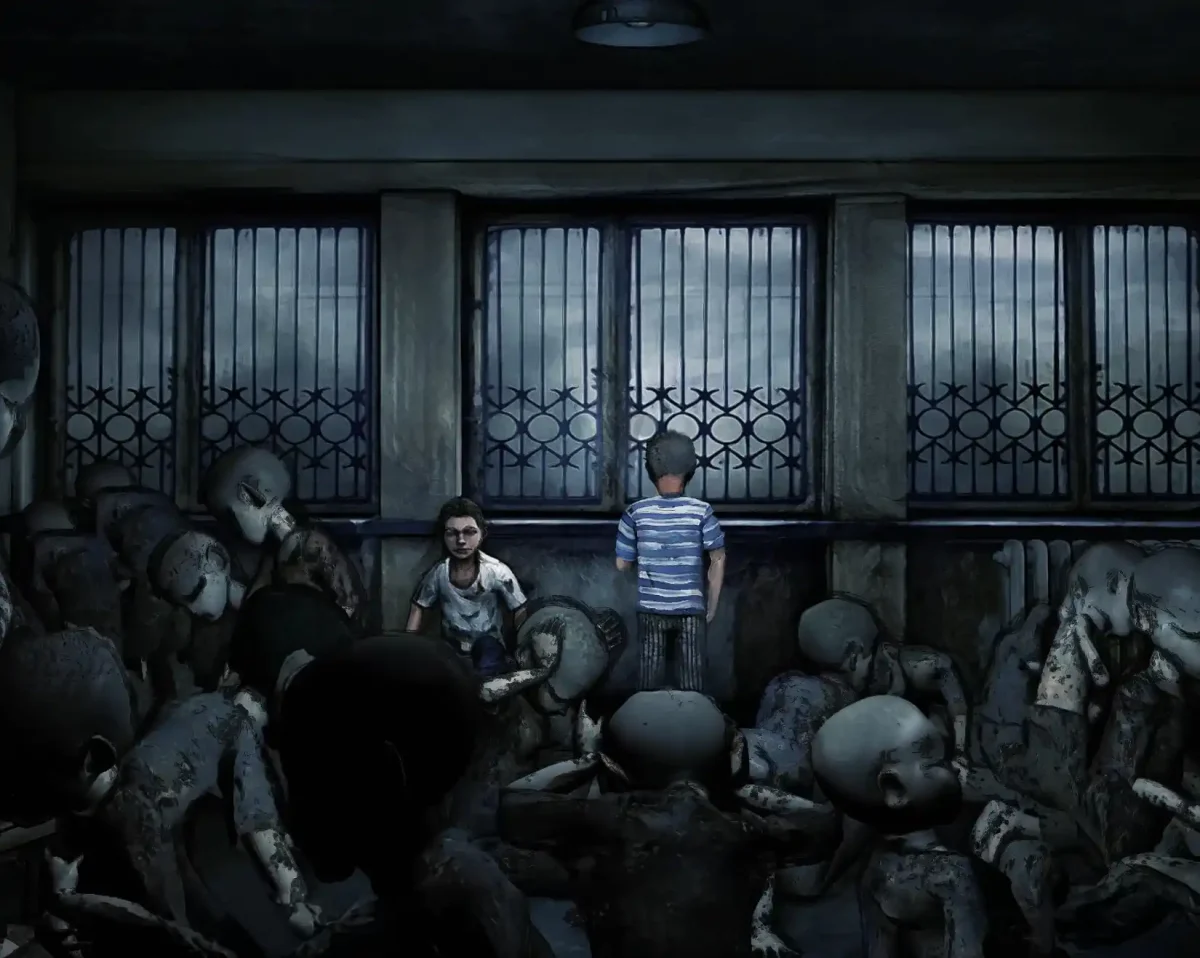
COMMUNITY HELP: We did a lot of research and cultural exploration on homes the Maramures region where this story takes place. We also interviewed people who lived during that time to confirm what typified a home back then. When we arrived on-location, we had just three weeks to find a location, decorate it, and complete the shoot.
After sharing photos of the type of home interior we were looking for, a community member led us to an unoccupied, unrenovated house. Several volunteers helped us transform it into Onisa's home. In fact, a handful of local women took it upon themselves to make sure we got it right, pulling out family heirlooms and traditional textiles for us to use on set.
Moreover, Izidor's memory and attention to detail as a producer was crucial in getting Onisa's home to be not only period correct, but displayed endearingly to represent the emotional roller coaster he experienced during this 24-hour period. In the end, several Romanian crew members proclaimed, "I feel like I'm in my grandma's house!"
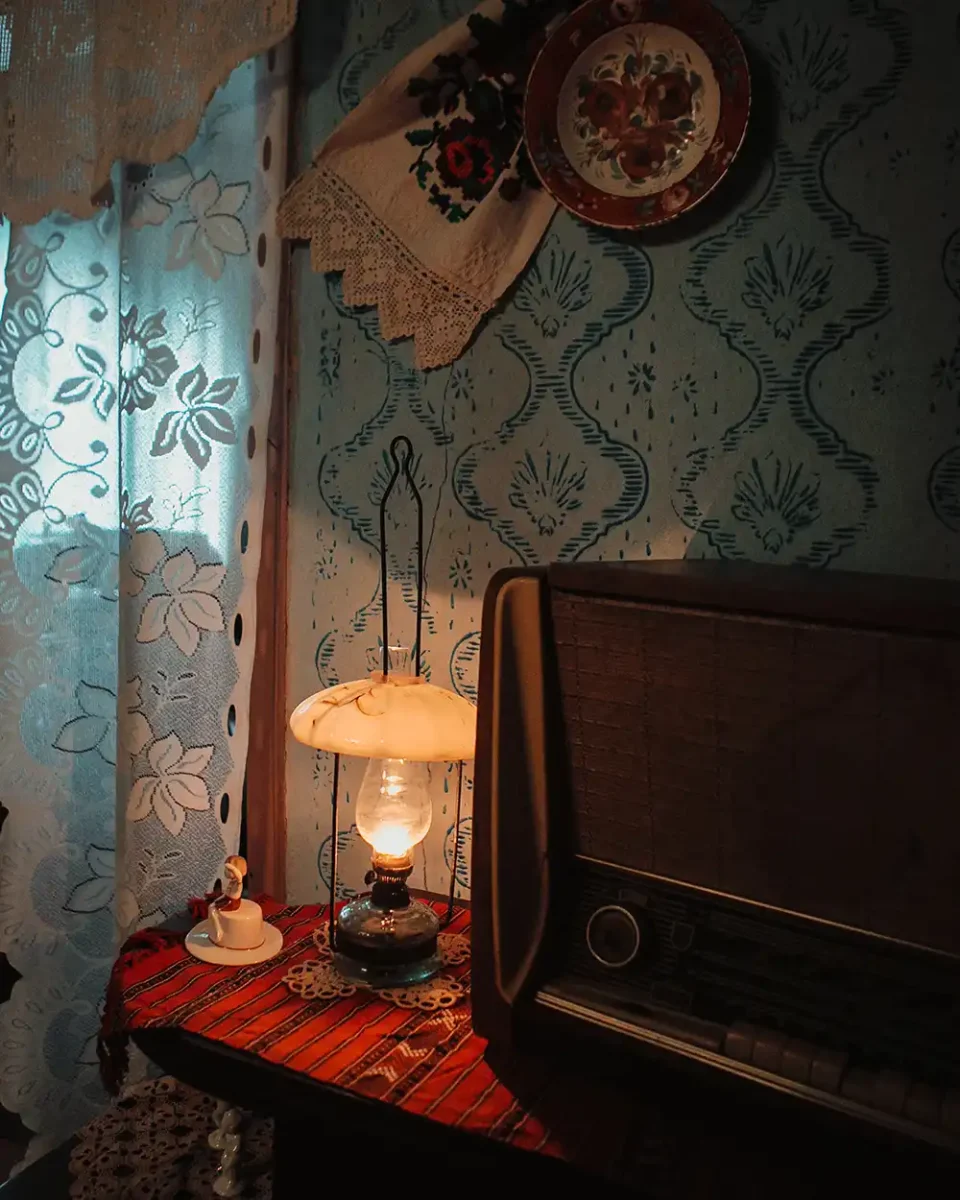
ON-LOCATION FILMING: Producing a low-budget film in a foreign country about a sensitive subject, we were really on a knife's edge where any number of things could have derailed the whole project. We planned to film in Izidor's hometown of Sighetu Marmatiei ("Sighet"), Romania, where he was institutionalized for the first 11 years of his life. We needed permission to film around the city, as well as in the now-dilapidated building where hundreds of children used to live. However, the topic of Romania's abandoned children under Nicolae Ceausescu is a delicate matter in Romania. We didn't know how city officials would respond to us filming there.
A local, hard-working social worker arranged for Izidor and the filmmakers to meet with the mayor of Sighet. We wanted to personally convey that the film was not about bashing Romania's past. Rather, Izidor represents all orphans, everywhere. He is an example of how children from hard places can overcome and heal.
Mayor Vasile Moldovan welcomed us warmly as we exchanged gifts and told him about our vision. In the end, he loved the message of the film and granted us permission to shoot in the city. In a Facebook post, the mayor said, "...We hope that the period you will spend in Sighet, in the city that offered you a childhood with many challenges, will be a pleasant one, Izidor..."
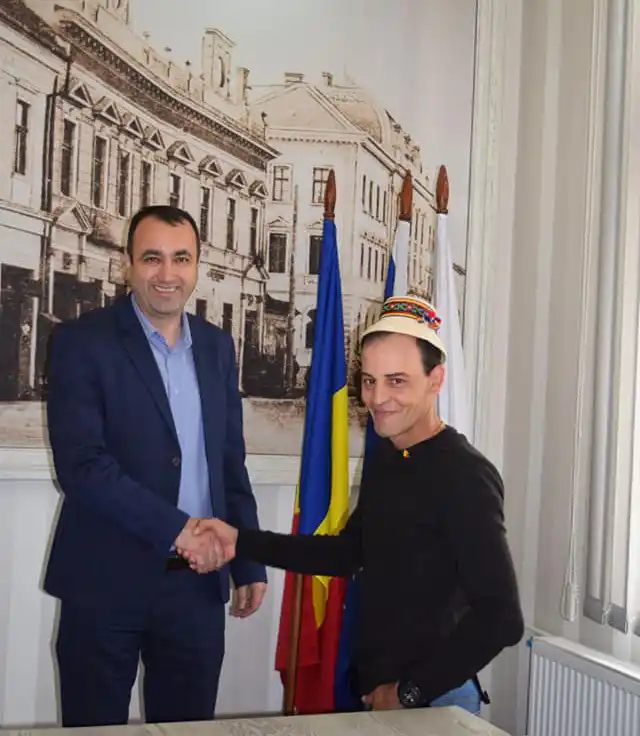
SUNDAY MEAL: We wanted to recreate the actual first meal Izidor enjoyed at Onisa's house: soup, cabbage rolls (sarmale), juice and cake. This very special "Sunday meal" means that Onisa spent extra time and money to celebrate Izidor's visit. One of the local grandmothers, whom our director nicknamed Mama Mia, volunteered to cook the traditional meal. She also taught the actress playing Onisa how to roll sarmale correctly. We are grateful Mama Mia helped us reproduce this beautiful memory.

CONNECTION THROUGH MUSIC: We want audiences to experience with Izidor his many "firsts" - first time outside, first time seeing a horse, first bite of an apple, first time eating at a table. The film was written with very little dialogue and designed to lean on music to convey Izidor's emotions and senses as he explores what it means to be human. In effect, the music becomes a lead character. Thus, finding the right composer was super important. We couldn't be happier with the exceptional score created by Jesper Ankarfeldt.
We also wanted to add some distinctly Romanian touches to the music. The score incorporates a dulcimer (traditional Romanian instrument) and folk music themes. In addition, a popular Romanian folk song from the 1980s is played over a radio in the film (Irina Loghin's "Mi-ai dat Mama Cantecul").
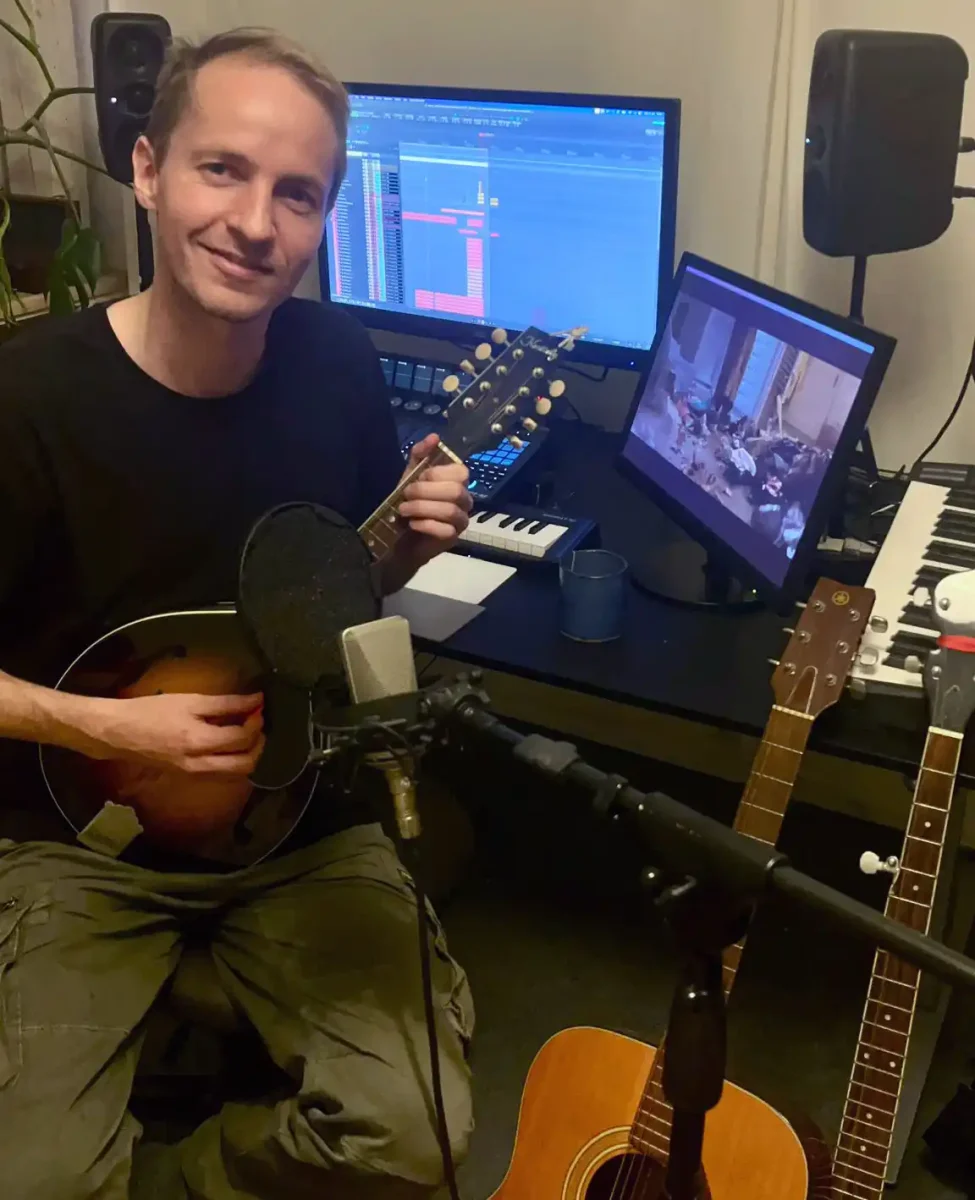
STORY WITH PURPOSE: Our dominant strengths were having an extraordinary coming-of-age story and Sarah Padbury's solid screenplay revealing a powerful way to tell it. We also had a strong grasp of the subject matter, a firm belief this film could help vulnerable children, and a commitment to make a high-quality film if we could convince top-notch artists and crew members to join us. But most importantly, we had Izidor Ruckel's trust that our proposed film would represent him well.
The screenplay opened the door for conversations with talented artists and crew. The next hook was our distinctive use of animation and live-action. This was a fun way to start a conversation about cinematic history and how directors use new techniques to disrupt the status quo. Director Dave Kabbe shared his compelling vision about how the film would introduce an innovative way to construct a story and flip more than one movie trope on its head. Along the way, we discovered many people yearning to put their fingerprints on a film bound to do good in this world.
In the end, some incredible folks took a leap of faith and trusted us with their time, talents, and efforts. We are so very grateful.
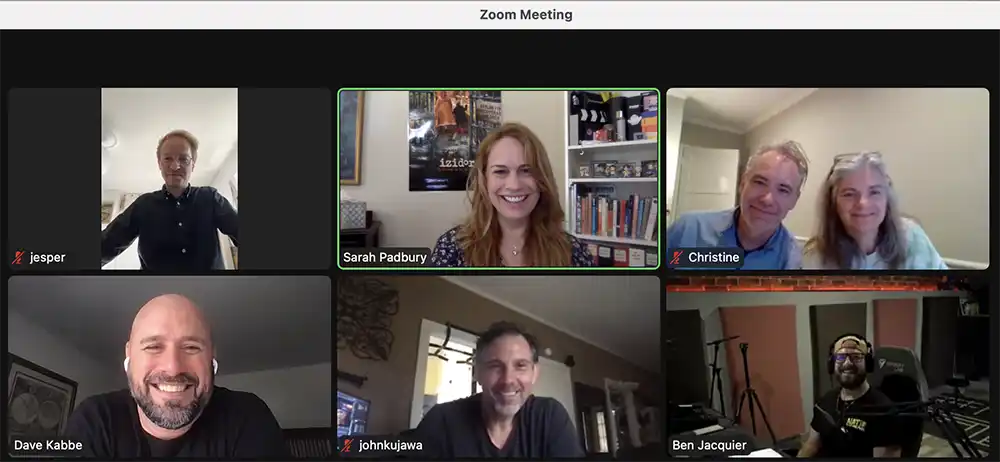
STEP OUT: Orphan heroes make the perfect movie trope because they have no family ties to hold them down, freedom to step out into adventure, and anonymity to move easily across social and economic barriers. But real orphans and foster children do have a backstory, they do not feel free, and they endure a multitude of barriers.
IZIDOR reveals a universal truth about vulnerable children across all history and cultures: adventure and healing come not by pulling themselves up by their own bootstraps, but by outsiders stepping up to help. Through Izidor's eyes, people will better relate to at-risk children in their own communities and abroad through a longing we all have: the need to belong. In addition, Onisa's family presents a model for how to step out, reach into a vulnerable child's life with courageous kindness, and make a difference. We hope viewers will do the same.
